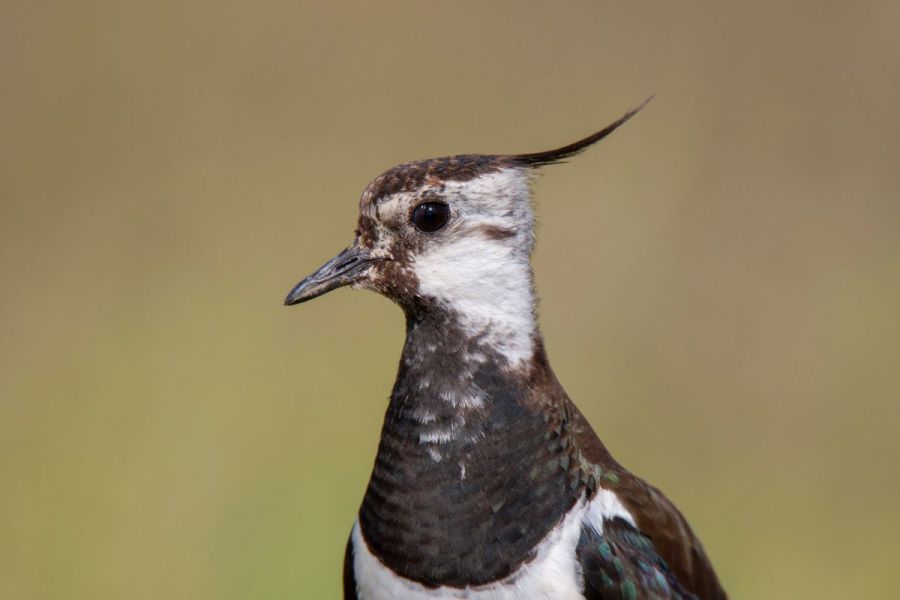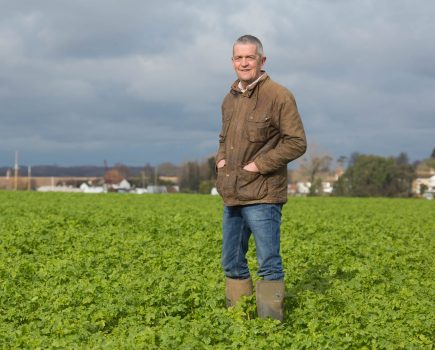By Guy Smith
There’s a hint of irony in the fact that just as ‘no mow May’ becomes the height of fashion among the Chelsea Flower show set, arable farmers across the land will be out more than ever during the month to mow the blackgrass out of various sustainable farming incentive (SFI) options. I have reservations about both practices.
For starters, I put the ‘no mow May’ concept in the same bracket of foolery as the notion of ‘wild gardening’, which is also currying increasing favour with the chattering classes. In truth, it’s just a contrived excuse to get out of gardening duties, the benefits of which might be good for sofa-surfing but are probably bad for the garden.
Maybe to illustrate the pros and cons here, the ground staff at Wembley Stadium should put their mowers away for May. It would certainly change the style of football at the FA Cup final as the likes of Harland and Foden hoofed around in ankle-length grass.
As for the frantic arable farmers mowing blackgrass in May to stop it from seeding, it makes spraying the stuff with glyphosate seem eminently more sensible for a number of reasons. For one, a spray of glyphosate would be infinitely better for ground nesting birds such as skylarks and lapwings.
Secondly, it’d use less carbon in the form of diesel. Thirdly, it would do a better job in controlling blackgrass because mowing the stuff just seems to encourage it to produce more tillers and seeds.
And lastly, but by no means least, it would be much cheaper. I remember back in the ‘90s there was some work done with low rates of glyphosate on set-aside – the idea was to suppress grassweeds without actually killing them. Maybe now is the time to revisit some of that forgotten thirty-year-old work?
But currently, we’re bound by the rules that prohibits glyphosate so consequently we’re out with the mower on our AB15 for the second time in this merry month. Whether we’ll be pushed to a third cut in our attempt to finally stop blackgrass from raising its ugly head remains to be seen. Of course, one’s mindful of the old farming lore that would warn the farmer that one year’s seeding would lead to seven years weeding.
Meanwhile, back on the food production side of the farm, the winter wheat still hasn’t really recovered from the wet winter. Due to large areas of water-logging, growth stages are all over the place making fungicide timings somewhat random depending on which part of the field you’re in.
As for the spring crops, thanks to some direct drilling, the peas have grown away well while the linseed and sugar beet behind the plough have had a more chequered start.
We spent the first half of April out with the cultivators trying to dry the land out and the second half of the month getting anxious about seeds needing a soak to get them going. Mercifully a 20mm on the last weekend in April finally got everything up and running.
So I’ll leave you to your May frolics among the May bushes and May poles. As a philosopher once wrote: “In May, everything seems possible.”
This article was taken from the latest issue of CPM. For more articles like this, subscribe here.
Sign up for Crop Production Magazine’s FREE e-newsletter here.




